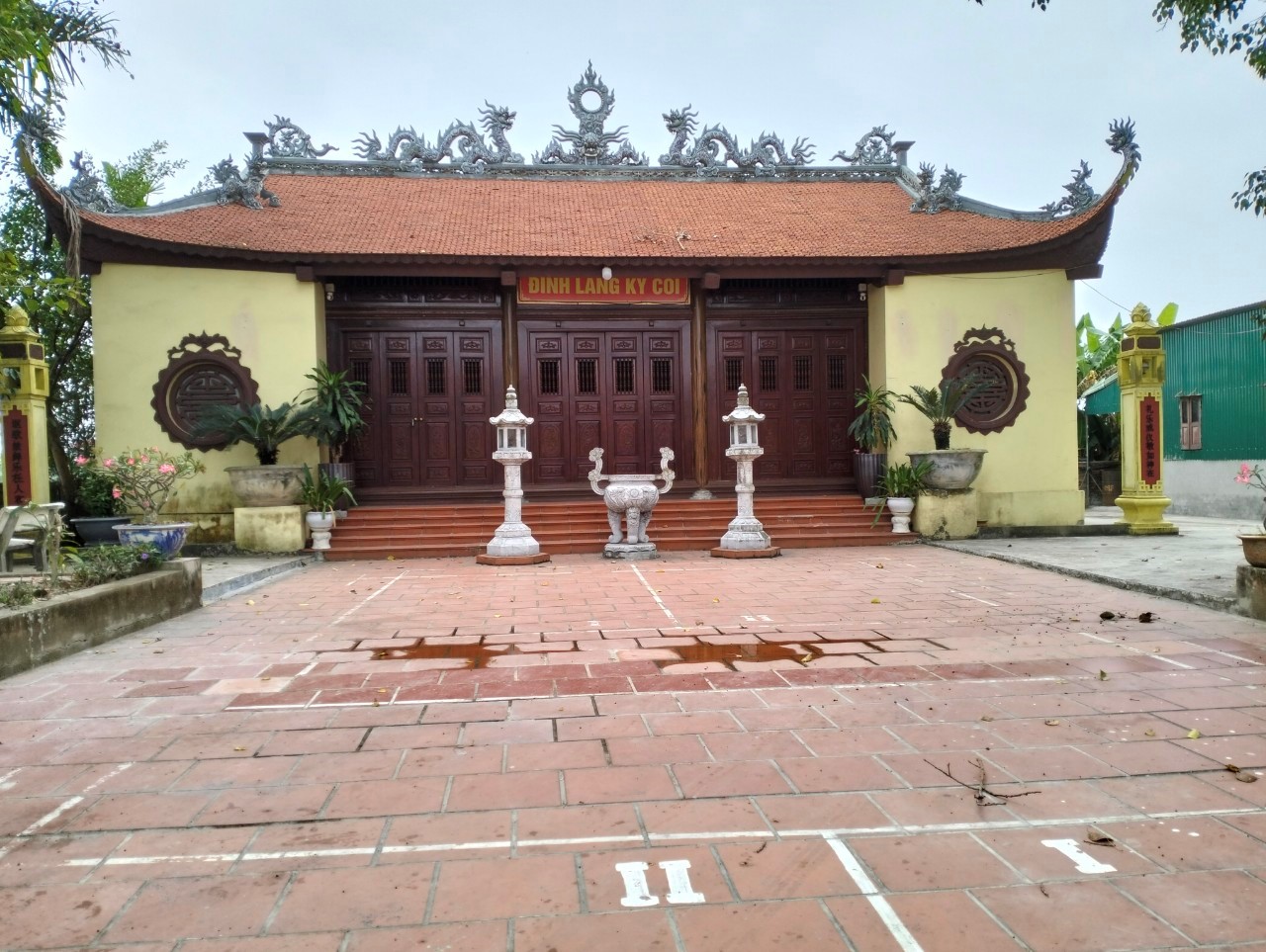25/08/2025
Ky coi communal house and pagoda - a cradle of revolution
In the middle of the prosperous countryside of Kim Thanh commune, Hai Phong city today, there is still a historical witness – Ky Coi Communal House and Pagoda

Not only a place for religious activities of the people, this place used to be a “red address” associated with the heroic years of the revolution.
Ky Coi communal house and pagoda existed very early, initially just simple bamboo and thatch. By the 1930s of the 20th century, the villagers rebuilt a spacious and beautiful communal house. However, in response to the call for national protection, the communal house and many shrines were completely demolished to prevent the enemy. Ky Coi communal house and pagoda were once the sites witnessing revolutionary activities during the pre-uprising period and after the August Revolution. This was also the place where the first Party cell of Tam Ky commune, now Kim Thanh commune, was established.
Mr. Vu Van Sau - Former Secretary, Ky Coi village Party cell, Kim Thanh commune, Hai Phong city
Ky Coi communal house and pagoda were not only places for people to practice their beliefs, but during the resistance wars against the French colonialists and the American imperialists, many historical events of the commune also took place at this site. In 1946, this was the place where militia and guerrillas gathered, held training classes to eliminate illiteracy for the people. During the resistance years, Ky Coi communal house also became a rendezvous for soldiers before going to the battlefield. This place not only imprints spiritual beliefs, but is also a meeting place for strong will and patriotism.
Head Monk Thich Nhuan Quang –Ky Coi Pagoda, Kim Thanh Commune, Hai Phong City
The current communal house was rebuilt in 2010, on the land of Phe Trung Temple, according to the wishes of the government and the people to have a place for worshipping the tutelary gods and taking religious activities. With a specific architecture, Ky Coi communal house not only preserves traditional cultural values, but is also a symbol of the revolutionary spirit of the homeland.
